Last updated on November 4th, 2023 at 08:57 pm
Amateur radio operates on a very simple principle. As a result of the modulation (that is, variation) of a radio wave, a radio transmitter produces a radio wave that will carry the signal in some manner.
For the radio wave to be received by a radio receiver, it has to be broadcast through the air. To extract the information contained in the wave, the receiver must demodulate the wave.
In AM radio, amplitude modulation and frequency modulation are the two main types of modulation that are used: amplitude modulation (AM) and frequency modulation (FM). The AM radio system uses a radio wave to carry a signal by varying the amplitude, or strength, of the wave. FM is a form of radio broadcasting in which the frequency of the wave is varied.
As the older of the two types of broadcast radio, AM radio is the most common type of voice transmission that is used in broadcast radio stations today. In the early 1900s, AM radio was first developed as a communication system for point-to-point communications, such as the communication between ships and shores. After a few years, AM radio became a popular form of radio broadcasting and was adopted by most radio stations, adding a new dimension to the radio.

As of today, AM radio is still widely used, although, in terms of music and other forms of entertainment, FM radio has largely taken over the role that AM radio used to play. There is no denying that AM radio remains an important form of communication, especially in areas where FM radio is not available or where it has a weak signal, especially in rural areas.
What Are Radio Waves?
Electromagnetic radiation includes radio waves. Increasing the speed of light allows them to travel through the air at a much faster rate than usual, as they are made up of oscillating electric and magnetic fields.
The frequency range of radio waves is wide, ranging from extremely low frequencies (ELFs) to extremely high frequencies (microwaves). Communications, radar, and navigation are just a few of the purposes for which they are used.
It is important to keep in mind that radio waves are emitted from a variety of sources, such as natural sources like the sun, and man-made sources such as radio transmitters.
Many objects can reflect or absorb these wavelengths, depending on the frequency at which they are being transmitted. The use of radio waves allows information to be transmitted over long distances, and they can also penetrate walls and other obstacles to get to the intended destination.
Our modern world is replete with radio waves, which play an important role in our everyday lives and have a vast array of applications. From broadcasting to cellular phones, these devices play an important role in the infrastructure of our communication system and are used in everything from broadcasting to cellular phones.
The Concept of Modulation
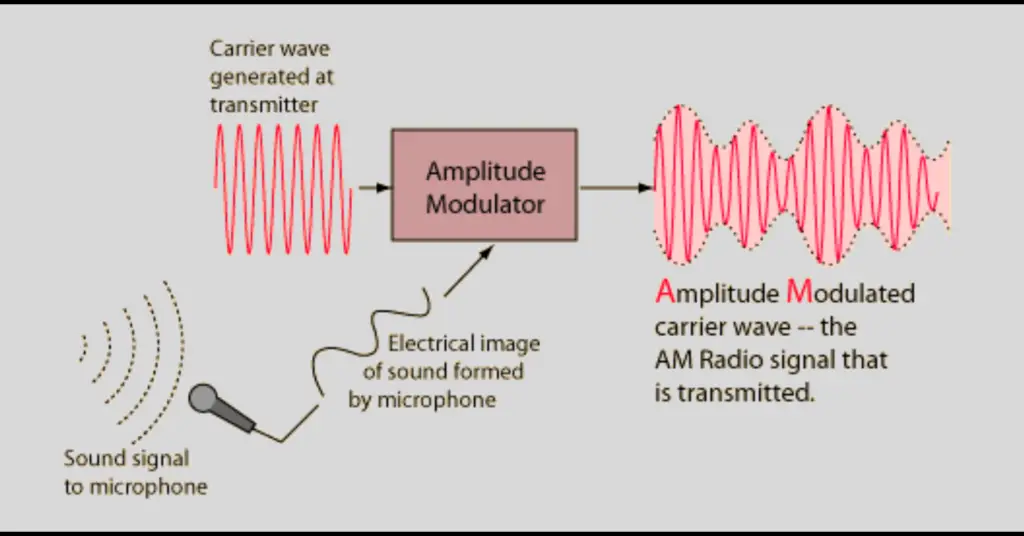
There is random noise in the air caused by electricity. Electricity must be modulated before it can be converted into useful signals (music or voice). For this reason, AM and FM radio signals rely on modulation.
Modulation can also be described as a process of change. To be useful as radio transmission, electromagnetic radiation must be modulated or changed in some way. Information can’t be carried by a radio signal if it doesn’t have modulation.
For radio broadcasts to work, electromagnetic radiation (electricity in the air) must be modulated with the message that is to be transmitted for the transmission to take place.
AM Radio Broadcasts
Using amplitude modulation, AM radio broadcasts encode their signals. In terms of radio broadcasting, AM radio is the oldest and most widely used form, and it is still used today. In the radio spectrum, the AM band is used to broadcast radio broadcasts on the AM channel.
There are several ways that AM radio broadcasts are made, including modulating the strength, or the amplitude, of the radio signal. As a result of modulation, different amounts of power are sent to the antenna and this varies the amount of power that is received. Depending on the information that is being sent, the strength of the signal is then altered to carry a particular amount of information.
A radio broadcast on AM can be used to transmit information such as voice messages, music, and a variety of other types of data. The AM radio waves are used by a lot of news and talk radio stations to broadcast their broadcasts. For AM radio stations to be heard over long distances, they need to be able to use a wide range of frequencies that they can use.
FM Radio Broadcasts
Frequency modulation is used in FM radio. For a better understanding of frequency modulation, consider a signal with a steady frequency and amplitude that can be modulated. It is impossible to decode the signal’s frequency since it is unchanged or unmodulated, so the signal contains no useful information.
There is a directly proportional change in frequency when you introduce information into this signal since it is directly proportional to the amount of information you are introducing. A carrier frequency transmits music or voice when the frequency is modulated between low and high.
This only leads to a change in the frequency of the signal. Throughout the entire duration of the recording, the amplitude remains constant. In comparison to AM radio, FM radio has a higher frequency range between 87.5 MHz and 108.0 MHz, a greater range than that AM radio. It is generally accepted that FM transmissions have a shorter range than AM transmissions, usually less than 100 miles.
As a result, FM radio is a better choice if you want to listen to music. Our ears can hear the superior sound quality we prefer due to the higher bandwidth range between 30 Hz and 15 kHz. There is a need for additional FM stations to be able to carry signals further to ensure that FM transmissions cover a larger area.
Several FM stations cast stereo signals (a few AM stations can also broadcast stereo signals). FM signals are indeed less susceptible to noise and interference than other forms of radio transmissions. However, physical barriers, such as buildings and hills, can limit their reception and affect the whole system.
Here are seven steps to working an AM radio
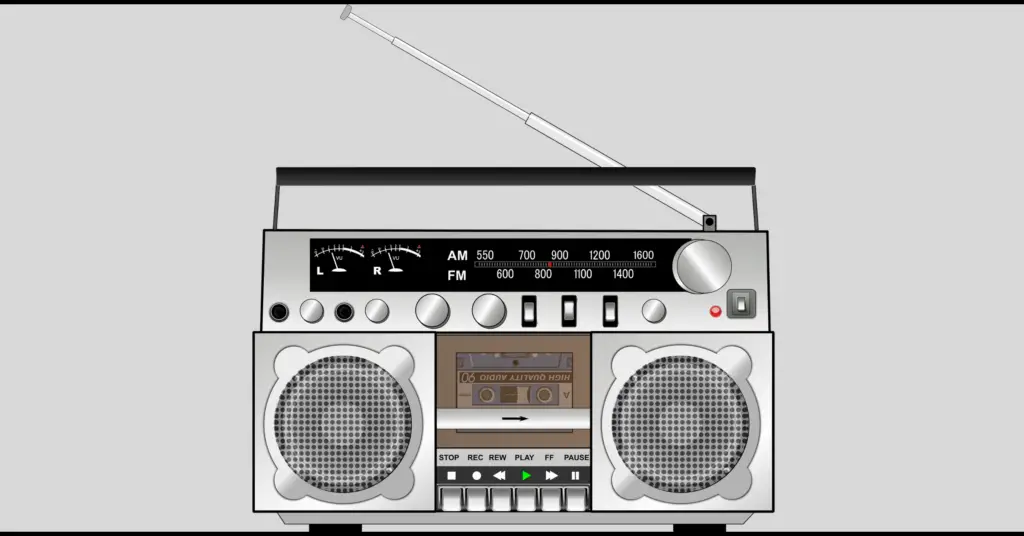
Radio Sections
There are several sections in even the simplest radio.
The first section of the antenna is the first section of the antenna. The antenna is one of the most important parts of any radio. This captures some of the energy that is being emitted by this wave. Tuning the antenna to the frequency of the radio station will increase the efficiency of bringing energy to the radio station if it is tuned to the radio station’s frequency
It is time for us to move on to the tuner section. As part of the first part of this procedure, all of the energy waves collected on the antenna are removed except for the one that you are trying to listen to. If there are strong stations nearby, the crystal set’s tuner may tune more than one station at a time. It will be easy for the tuner of a more sophisticated set to separate stations.
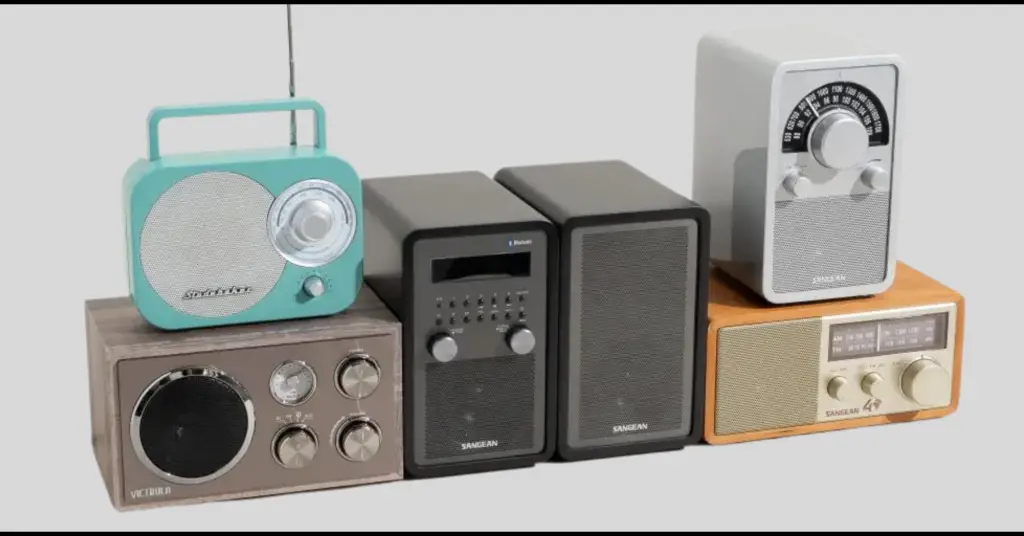
It is now time to move on to the detector section. This can be caused by a diode, a sharp wire touching a piece of galena, fool’s gold, or a rusty razor blade that has been rubbing against a surface. In its simplest form, it is a device that serves the purpose of rectifying the signal which has been tuned by a receiver.
Lastly, the sound reproducer is the final component of a simple radio set. This would be a headset or earphone if you were using a crystal set or a low-powered set.
In a more advanced radio set, there may be other sections to help enhance what these four sections are doing, but they only serve to enhance what these four sections are doing on their own.
Antenna
It is the antenna of the radio that is responsible for transmitting the signal from the radio into the air. The antenna is usually attached to the radio using a metal rod or wire. There are two types of antennas: external and internal antennas.
A longer antenna is usually used in an external antenna and can be positioned to receive the strongest signal. There is less chance of strong signals being picked up by internal antennas since they are shorter and smaller.
Tuner
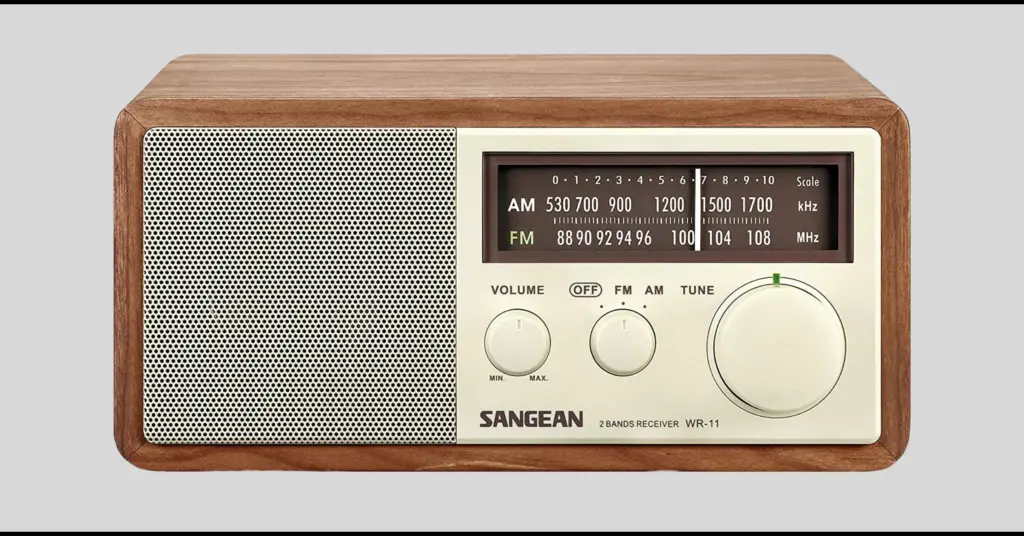
There is a device known as an AM radio tuner that allows you to receive and listen to radio transmissions over the AM band. In some cases, these devices have the capability of being standalone units, but they can also be integrated into other devices such as radios, stereos, and televisions, for instance.
As the name implies, AM radio tuners work by converting the AM radio signal into an audio signal that can then be amplified and played through a speaker as well as an audio amplifier.
AM radio tuners can be divided into several different types depending on their purpose. TRF tuners (tuned radio frequency tuners) are the most basic type of tuners available. You are only able to receive and listen to AM radio signals with this type of tuner, as it is only designed for that purpose.
A superheterodyne radio tuner is one of the more advanced types of AM radio tuners that can be used. With this type of tuner, you will be able to receive and listen to both AM and FM radio signals, so you will be able to listen to both types of radio signals.
When it comes to choosing an AM radio tuner for your car, there are a few things you will want to keep in mind before making your final decision. There are a few things you need to check before you buy a tuner.

Detector
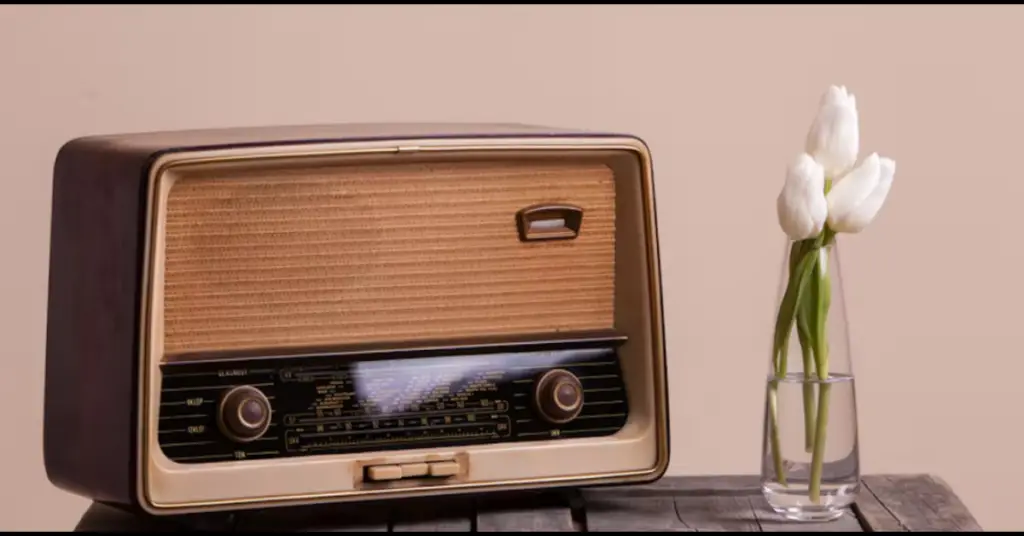
There are many devices used to detect the presence of AM radio signals, but the AM radio detector is one of the most common. It is a type of electromagnetic wave that is emitted by AM radio transmitters to transmit AM radio signals. It is possible to detect these waves using a variety of devices, including radio detectors that can detect AM waves.
A variety of different applications made use of AM radio detectors, such as radio navigation, radio communication, and radio astronomy. An AM radio signal detector is a device that detects the presence of AM radio signals in an area or monitors the strength of AM radio signals within that area.
To detect the presence of AM radio signals in a particular area, AM radio detectors can be utilized. As an example, if the room in question has any AM radio signals, it can be determined if the signals are present with the help of a detector. The detector will produce a signal if there are AM radio signals present in the area.
As well as monitoring the strength of AM radio signals, AM radio detectors can also be used to detect the strength of AM signals. There are detectors available that can be used to measure the strength of a signal coming from an AM radio transmitter, for example.
As a result of the strength of the signal, the distance between the transmitter and the detector can be calculated based on the distance between them.
This Is the AM Carrier Wave
As you listen to it, you will not be able to hear anything because it oscillates at approximately 800 thousand cycles per second or perhaps 1700 thousand cycles per second, so you will not be able to hear anything. There’s no way I can hear that at that speed. In most cases, we can hear about 20 thousand cycles or so and no higher.
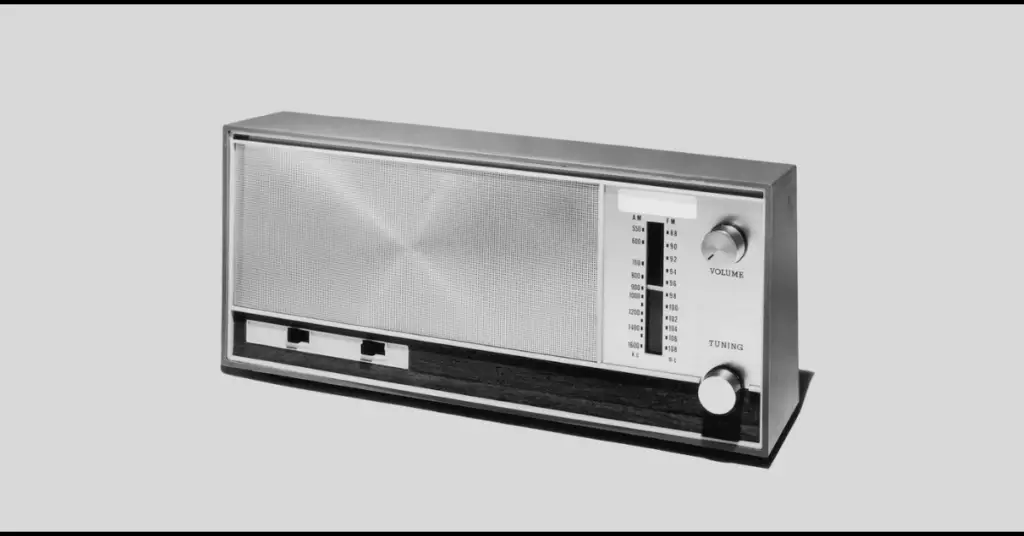
Nevertheless, the carrier wave that is emitted by this carrier is an important one for radio transmission. That’s because it is this carrier wave that will be modulated or shaped to replicate the sound of the radio program.
In the graph below, the green horizontal line represents 0 and the top of the graph represents the most positive, and the bottom of the graph represents the most negative. It would be nice if it was drawn as a nice sine wave, but this is just a quick sketch.
Modulated Carrier Wave
Radio waves are used to transmit information using AM radio-modulated carrier waves. A carrier wave encodes information in the form of its amplitude, which is dependent on its frequency.
To transmit the information, the carrier wave is first modulated, or changed, to carry the information. Various methods can be used to modulate the signal, but the most common method is amplitude modulation, which is also known as AM.
There are many types of radio waves used for broadcasting, but one of the most common types is AM radio. In addition to being used to transmit voice and music, it can also be used for other types of data transmission. There are several factors that make AM radio waves well suited to long-distance communication, including their ease of production, their stability, and their relative ease of use.
The Detected Signal
I would like to draw your attention to the detected signal. As a result of the varying signal, it is possible to copy the original audio program by varying the value between 0 and positive, thus allowing us to copy the original audio program.
The frequency is still the same as the transmitter, however. There is, however, a way of listening to the transmitted radio program if we connect sensitive headphones to the output of the coil and the ground at the same time.
In general, the transmitter’s frequency is considered much too fast to be sensed by the earphones, but the modulated signal’s frequency is in the range in which the earphones can detect, and this is what they can detect. The program is now playing for you to listen to.
In the second drawing, you can see how the earphones react when a signal is detected.
FAQs
How do AM radio waves work?
This field is created by a transmitter sending out a radio signal via an antenna; a receiver picks up the signal and translates it into the sounds that you hear through the radio. There are several ways in which the strength of the signal (amplitude) in AM (Amplitude Modulation) radios can be changed (modulated) to make the sounds.
How do FM and AM radio work?
Modulation, or alteration, is the difference between the carrier wave and the signal. AM radio uses an amplitude modulation technique to incorporate the sound information contained in a signal by varying the amplitude, or overall strength, of the signal. With FM, the frequency (This refers to the frequency of changes in direction of the current over some time) of a carrier signal.
Can you still use an AM radio?
The heyday of AM radio has indeed passed, however, it remains an integral part of many people’s lives as a means of communicating in third-world countries, or simply a way of listening to local news and weather reports. The amplitude modulation (AM) method of modulation is by far the oldest form of modulation that is known to mankind.
How is AM FM radio transmitted?
The AM and FM radio programs, as well as the radio waves that carry them, are all electromagnetic waves, which also include radio waves, gamma rays, x-rays, ultraviolet rays, visible light, infrared, and microwaves. These waves all make up some of the electromagnetic waves used in radio transmission. All around us, everywhere, electromagnetic waves can be found at different frequencies and they are all around us.
Why do AM stations power down at night?
To comply with the FCC’s rules, most AM radio stations are required to reduce their power at night or cease operation at night to avoid interfering with other AM radio stations. As a consequence of the laws of physics, the FCC rules governing the nighttime and daytime operations of AM radio stations are affected by these laws.
Conclusion
Most people know how a radio works but if you were to ask them how an AM radio works, they would be stumped. This is because there are a lot of complicated electronics involved. For example, the radio has to convert the signal from an oscillator into an electrical current. It then amplifies the signal before converting it back into sound waves. I hoped this article helped you. Thanks for reading this.
